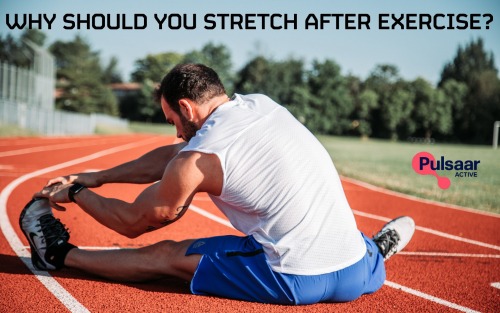On long walks, our body and feet get really tired. By paying due attention to certain factors, walks and hikes can become longer and more enjoyable.
Clothing
Choose the most suitable, high quality thermal underwear or breathing base layer able to keep you warm. This is recommended because clothing will help channel away excessive body heat and sweat when it becomes too hot, and keep you warm when it becomes cold.
100% cotton clothing is not recommended as it can absorb a lot of moisture, and if there is too much moisture it will cause discomfort and cool you down faster while drying slower.
Choose shorts or trousers suitable for walking and that are flexible, channel out the sweat and dry quickly to feel comfortable and warm just like the body.
In particular, if you live in Latvia, do not forget about the changing weather. A suitable, weatherproof jacket or fleece could come in handy.
Bag
You might think you don’t need one for walks. However, the right-sized bag may improve the walking/hiking experience, because you can store unneeded clothing and water. The right hiking bag allows air to freely flow between the bag and the user ensuring optimum temperature and preventing overheating, guaranteeing the needed functionality.
Water and food
Before you leave home, ensure you have water. Though bottles are heavy, don’t go for longer walks without water to avoid sudden loss of strength, cramps or overheating during hot weather. Drink some water during breaks even if not thirsty. For longer walks, take some food with you; it should not be too rich or bulky, but tasty and nutritious. No Snickers or sandwiches, but rather oatmeal cookies and dried fruit and nuts to ensure even distribution of nutrients during the hike.
Route
It is well worth knowing your route in advance. It sounds logical, but you should prepare for changing terrain by choosing suitable footwear and taking adequate equipment. This can really change your hiking experience. During the hike, it is also recommended to plan a stop, particularly at a sight or beautiful view. While it may seem unnecessary, extra water and some rest always benefit you.
Footwear
Footwear is very important for comfort while walking. Choose carefully. Also consider the weather forecast, your specific route and, of course, whether your footwear fits well and is not too tight, preventing you from walking longer distances without soreness. Never wear new footwear for a hike, if you do not know the route and/or the length of your hike. When wearing new footwear, we can experience soreness transforming a pleasant hike into torture due to blisters.
However, if blisters that prevent you from moving forward have already developed, COMPEED patches for blisters that don’t come off when walking are a very efficient, instantaneous solution.
Socks
Just like correctly selected walking clothing and footwear, the right socks can reduce friction and keep your feet fresh and comfortable longer. The best tip is to take more than one pair of socks with you. When your socks have absorbed too much moisture, it is better to change them right away instead of waiting for blisters to occur. The composition of the material is also important, thus, they should not be made of 100% cotton, as it can hold a lot of excess moisture. We recommend choosing merino or mixed socks that efficiently channel out this moisture from fibres to prevent blisters and unwanted odours.
Pulsaar Active socks also consider the characteristics of the cotton material, thus, they are made of several components with added microelements that help to channel out the body heat and absorb odours.
If you plan to cover a longer distance with footwear that you have worn just a few times, select smaller, thinner ankle-length socks with mixed content, and wear other thicker socks over them that are not made of 100% cotton.



